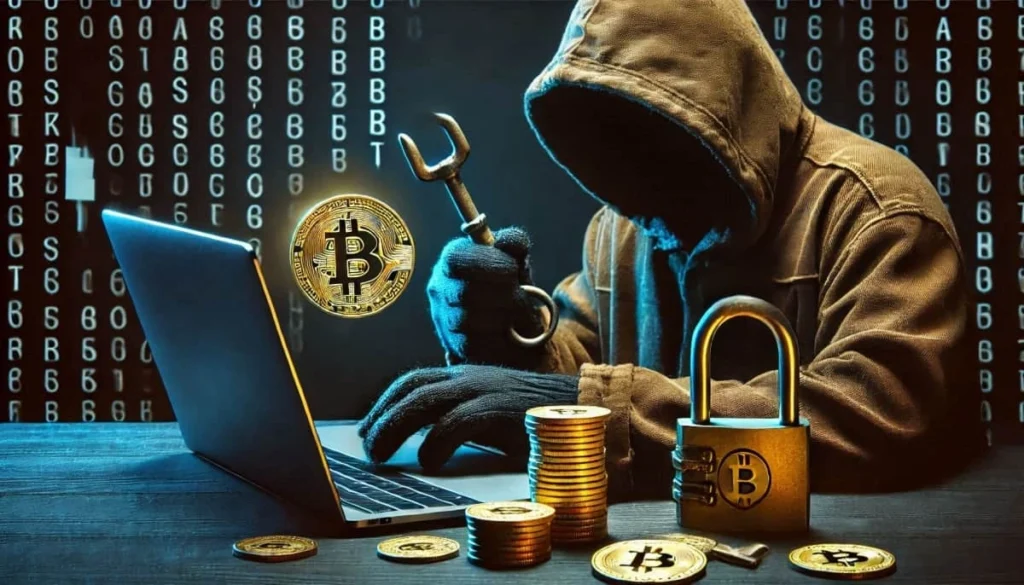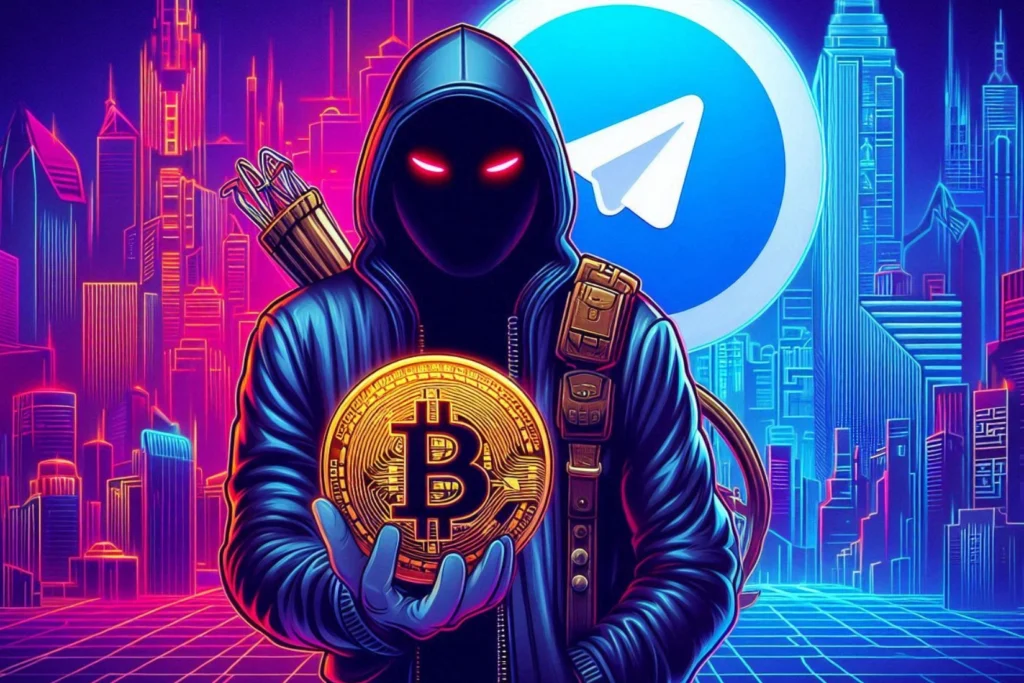The Best Tips We’ve Seen to Identify Fake Telegram Groups
Telegram’s become a go-to platform for everything—news, crypto, creator communities, you name it—but knowing how to identify fake groups is more crucial than ever in today’s fast-moving digital chaos. With more users joining daily and conversations happening at lightning speed, it’s easy to miss subtle red flags. But if you’ve ever joined a group and felt something was… off, you’re definitely not alone.
We scoured forums, user stories, and expert takes to put together a practical roundup to help you identify fake groups before they cause real damage.
Let’s dive in.
1. Start With the Chat Activity in Identify Fake Groups
Plenty of users agree: one of the fastest ways to sniff out a fake group is to simply scroll through the chat.
If the conversation looks like this:
- Repeated messages
- Zero replies to questions
- Generic promo posts
…then chances are, it’s not a healthy group. Some say if it feels like you’re the only real person in there, you probably are.

2. Check Who’s Running the Show
Admins matter—a lot. Real groups have responsive, visible admins. Fake ones? Either no admins at all or ones that only show up to post fishy links.
Some tips we saw again and again:
- Click the admin’s profile—does it look legit?
- Search their username elsewhere. Are they tied to known scams?
- Ask a basic question and see if you get a human answer.
If the admin vanishes into the digital void, that tells you something.

3. Look Closer at the Group Name and Branding
Copycat groups are on the rise. They often rip off the names and logos of real brands, influencers, or projects.
The good advice here? Always double-check:
- Does the real brand or influencer promote this group on their official channels?
- Are there odd formatting quirks, like extra emojis or inconsistent spelling?
As one Reddit user put it: “If the group feels like a knockoff, it probably is.”

4. Links, Links, Links — Be Suspicious
A favorite trick in fake groups is flooding members with shortened links, fake offers, or “exclusive” airdrops. These often lead to phishing sites or malware.
What to look for:
- Bit.ly or other URL shorteners hiding sketchy sites
- Links without context
- Urgency: “Act now!” or “Don’t miss this one-time drop!”
A savvy Telegram user in one forum noted: “If a group’s main content is just link after link—bounce.”

5. Look at Member Behavior, Not Just Numbers
A group might boast 40K+ members, but that doesn’t mean they’re real. Bots are cheap and easy to add.
A few clues the group might be artificially bloated:
- You never see replies from different users
- Bots reply with the same emoji or sentence
- Everyone suddenly says the exact same thing after a post
One user joked: “It’s like watching a play with cardboard cutouts in the audience.”

6. Use Common Sense… and a Little Skepticism
This came up again and again: most fake groups don’t fool you—they rush you. They push you to act before you think.
So slow down. If you feel pressured, confused, or even slightly uneasy, step back. Legitimate Telegram communities want to help, not hurry you into action.

Final Word in Identify Fake Groups: When in Doubt, Don’t Engage
Telegram is what you make it—it can be incredible or incredibly risky. By staying alert and using these tips to identify fake groups, you’ll save yourself a lot of hassle, and probably some money too.
So if a group ever makes you squint or second-guess… trust that instinct. Better to skip one legit group than dive into ten shady ones.
Relevant news: Top 6 Ways to Identify Fake Telegram Groups Before It’s Too Late






